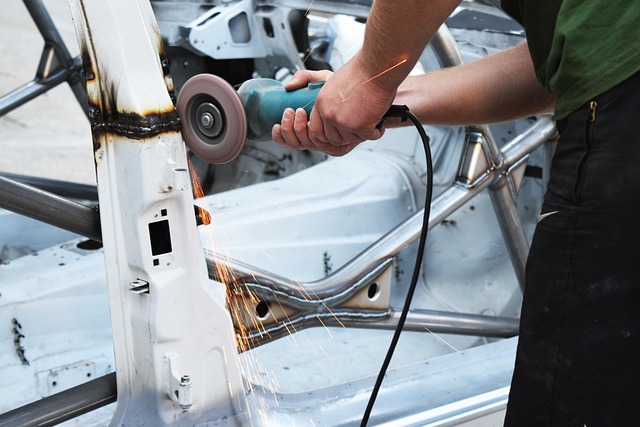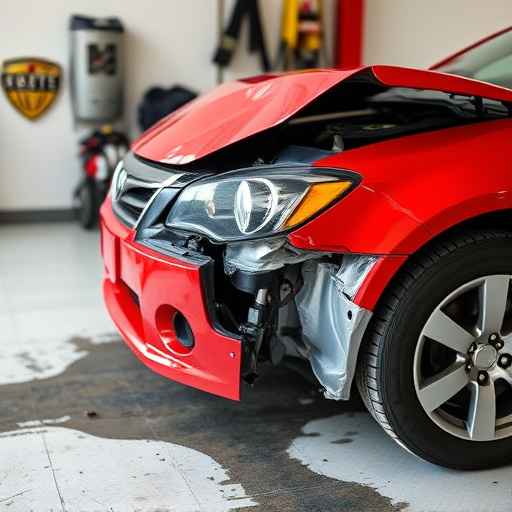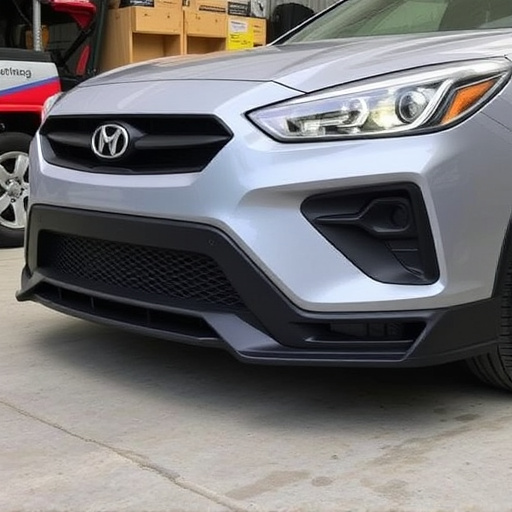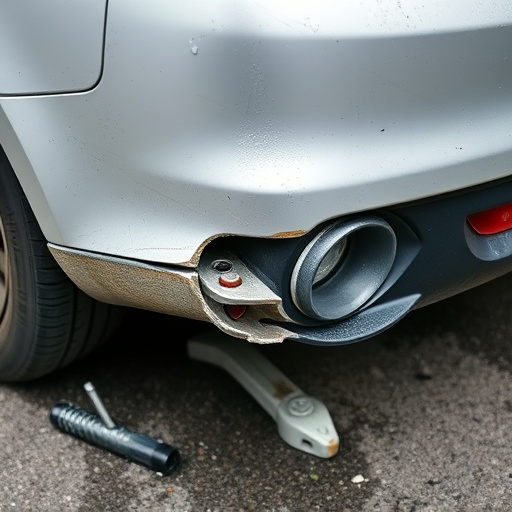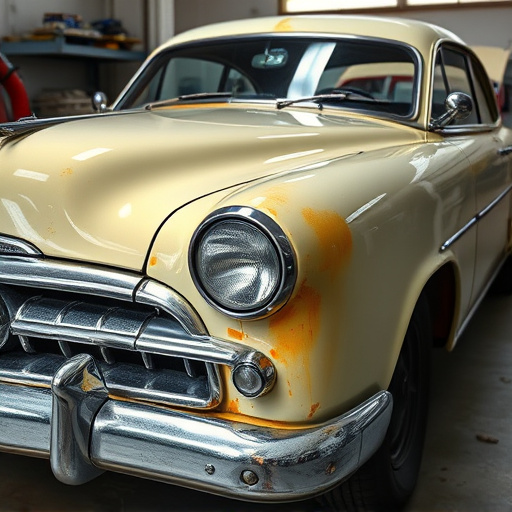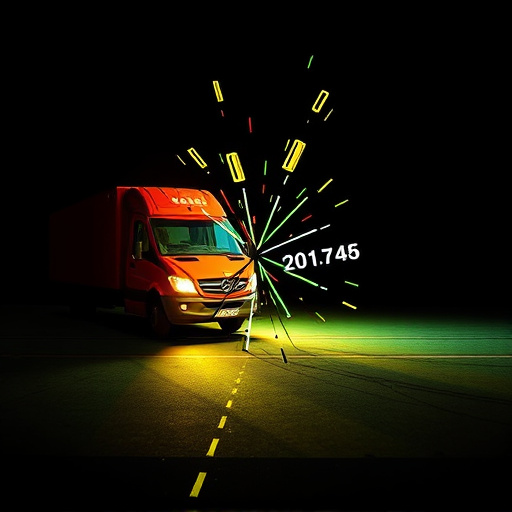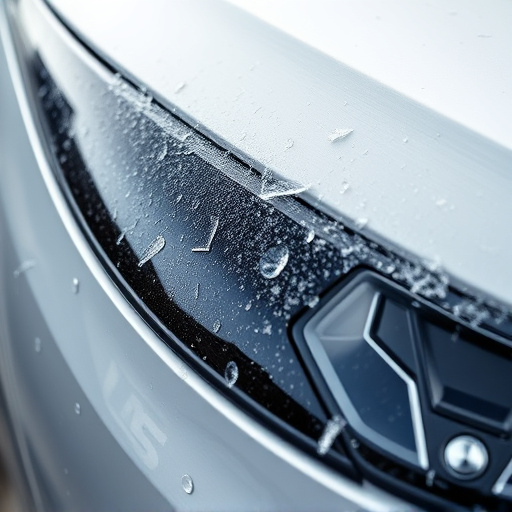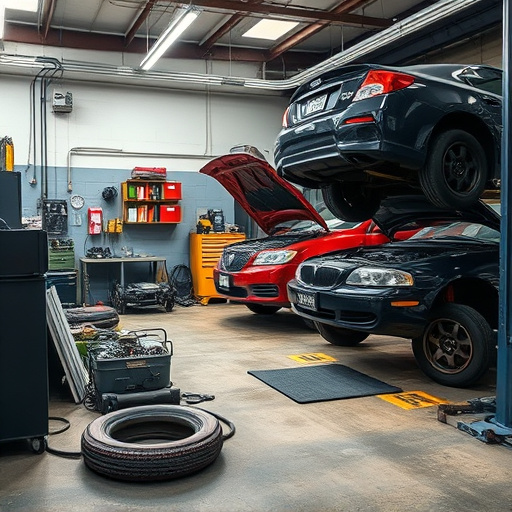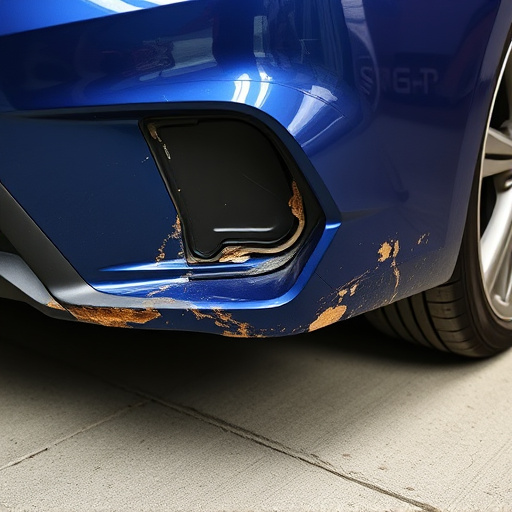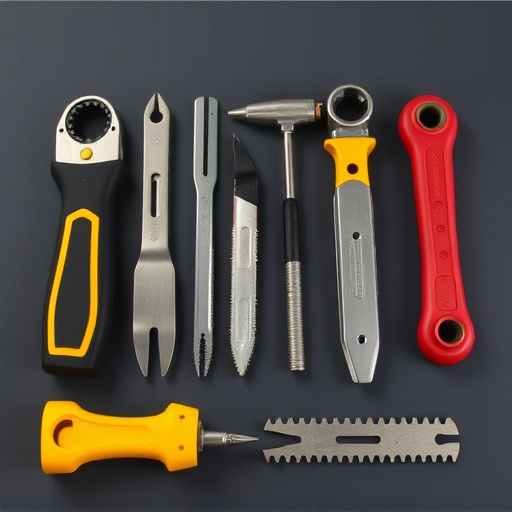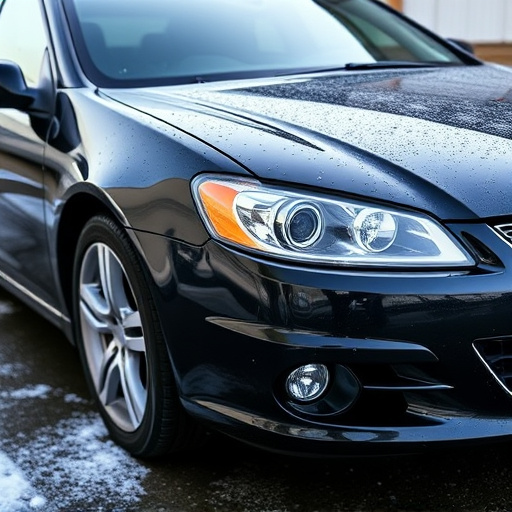Mercedes' MBUX and COMAND systems support Android Auto with seamless setup for newer models. Older systems may require hardware/software updates. Compatibility ensures safe driving by keeping focus on the road. Personalize settings for enhanced in-car entertainment. Effective Mercedes Android Auto setup aligns interface with individual needs.
Unleash the power of Android Auto in your Mercedes with our comprehensive guide. Discover how to seamlessly integrate your smartphone with Mercedes’ cutting-edge MBUX and COMAND infotainment systems. We’ll walk you through the process, from ensuring compatibility to a step-by-step connection guide. Learn to customize your Android Auto experience on Mercedes displays, offering a smooth and personalized journey. Get ready to transform your drives!
- Understanding Mercedes MBUX and COMAND Systems Compatibility
- Step-by-Step Guide to Connect Android Auto to Mercedes
- Customizing Your Android Auto Experience on Mercedes Displays
Understanding Mercedes MBUX and COMAND Systems Compatibility
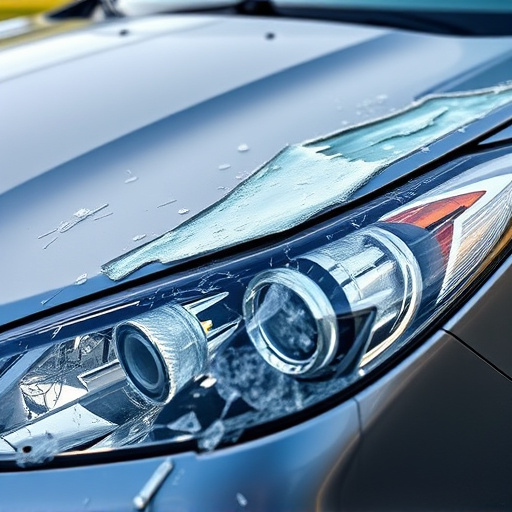
Mercedes’ MBUX (Mercedes-Benz User Experience) and COMAND (Command) infotainment systems are cutting-edge technologies designed to enhance the driver’s experience. These systems offer a wide range of features, from navigation and media control to advanced safety assists. When it comes to integrating Android Auto, both platforms present slightly different compatibility scenarios. MBUX, being the newer generation, typically supports Android Auto out of the box, making the setup process relatively straightforward for Mercedes owners. On the other hand, COMAND systems might require additional hardware or software updates to enable Android Auto connectivity, especially in older vehicle models.
Understanding the compatibility requirements is crucial when setting up Android Auto in a Mercedes. For those with newer luxury vehicles equipped with MBUX, the process is usually seamless, allowing for easy connection and access to Google Maps, messaging apps, and other Android features. However, for those who own older models or have experienced vehicle repair or car collision repair, ensuring compatibility might involve some research and potential hardware upgrades to fully harness the benefits of Mercedes Android Auto setup.
Step-by-Step Guide to Connect Android Auto to Mercedes
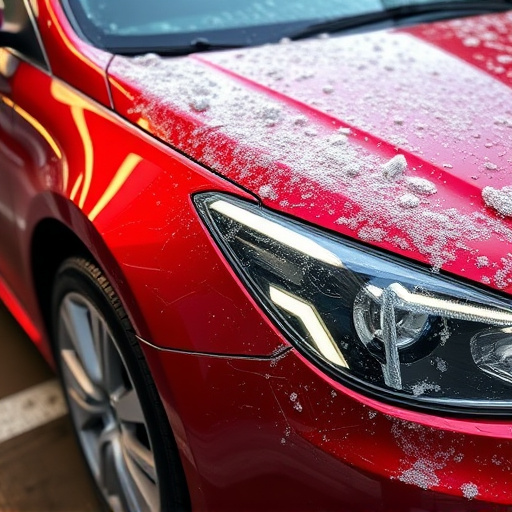
Connecting your Android device to a Mercedes with either MBUX or COMAND infotainment systems is a straightforward process, offering a seamless integration of your smartphone’s capabilities into your vehicle’s dashboard. Here’s a step-by-step guide for a successful Mercedes Android Auto setup:
1. Ensure your Android phone meets the compatibility requirements. Most recent models running Android 8.0 or higher are supported.
2. Download and install the official Android Auto app from the Google Play Store onto your device.
3. Connect your Android phone to the Mercedes’ USB port using a compatible cable. Some vehicles may require an adapter for older phones.
4. On your vehicle’s touchscreen, navigate to the “Settings” menu, then select “Telephony” or a similar option, depending on your MBUX/COMAND system.
5. Choose “Android Auto” from the available connections and follow any on-screen prompts to authorize and pair your phone with the car’s infotainment system.
6. Once connected, you’ll see the Android Auto interface displayed on the vehicle’s screen, allowing you to access essential apps like navigation, calls, and messages hands-free.
7. For a smoother experience, ensure regular software updates for both your device and Mercedes’ infotainment system, addressing any compatibility issues that may arise, even at a collision repair center or auto body repair shop.
Customizing Your Android Auto Experience on Mercedes Displays

Personalizing your Android Auto experience on Mercedes displays is a breeze once you’ve completed the initial Mercedes Android Auto setup. With MBUX (Mercedes-Benz User Experience) and COMAND (Command) systems, users can customize various settings to suit their preferences. Start by opening the Android Auto app and navigating to the ‘Settings’ menu. Here, you can adjust display settings, such as font size and color themes, to ensure optimal visibility and aesthetics.
Furthermore, users can tailor their home screen layout, choose favorite apps for quick access, and even set up voice commands for a hands-free experience. As with any customization, the goal is to create an interface that aligns with your driving needs and preferences. Remember, a well-optimized Mercedes Android Auto setup not only enhances your in-car entertainment but also contributes to safer driving by keeping your attention on the road while providing essential information and control at your fingertips.
Integrating Android Auto into your Mercedes with MBUX or COMAND systems is a straightforward process that enhances your in-car experience. By following this guide, you can easily connect and customize your Android Auto interface on Mercedes displays, providing access to essential apps and features while ensuring a seamless and modern driving experience. Now, get ready to navigate and enjoy your favorite apps on the road with Mercedes Android Auto setup.
